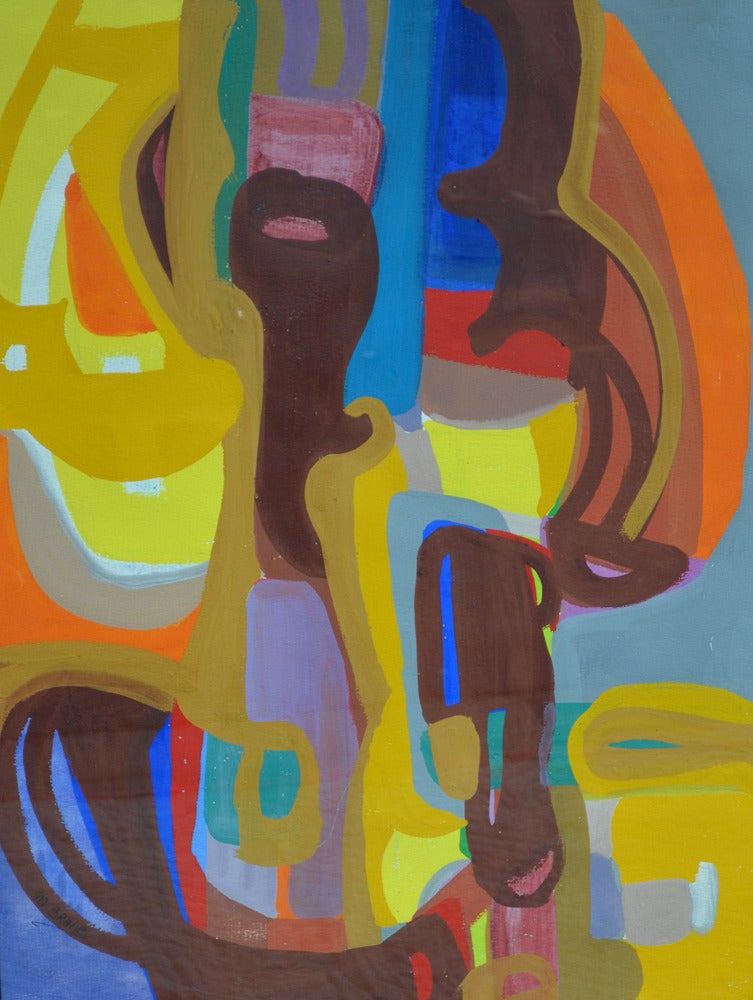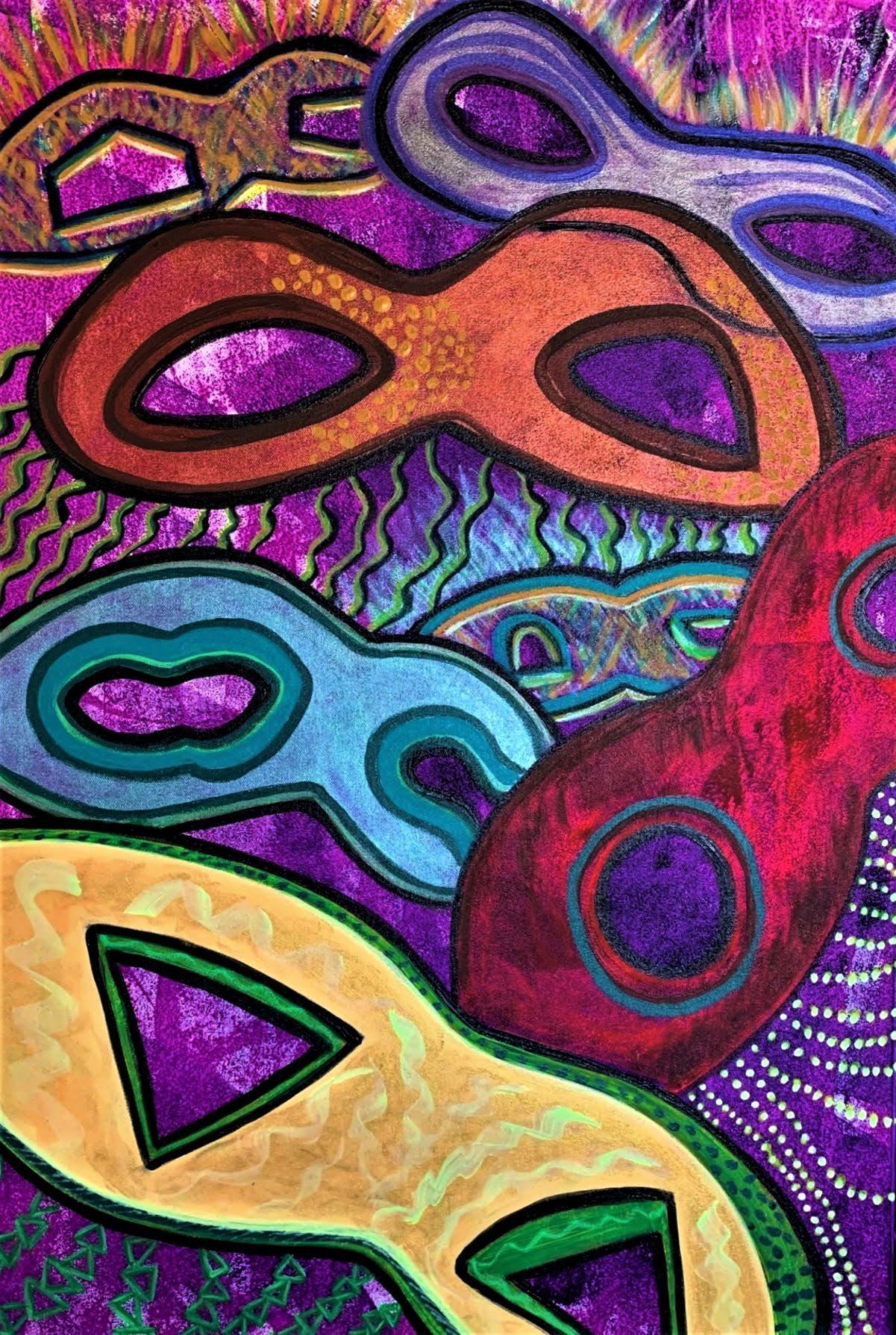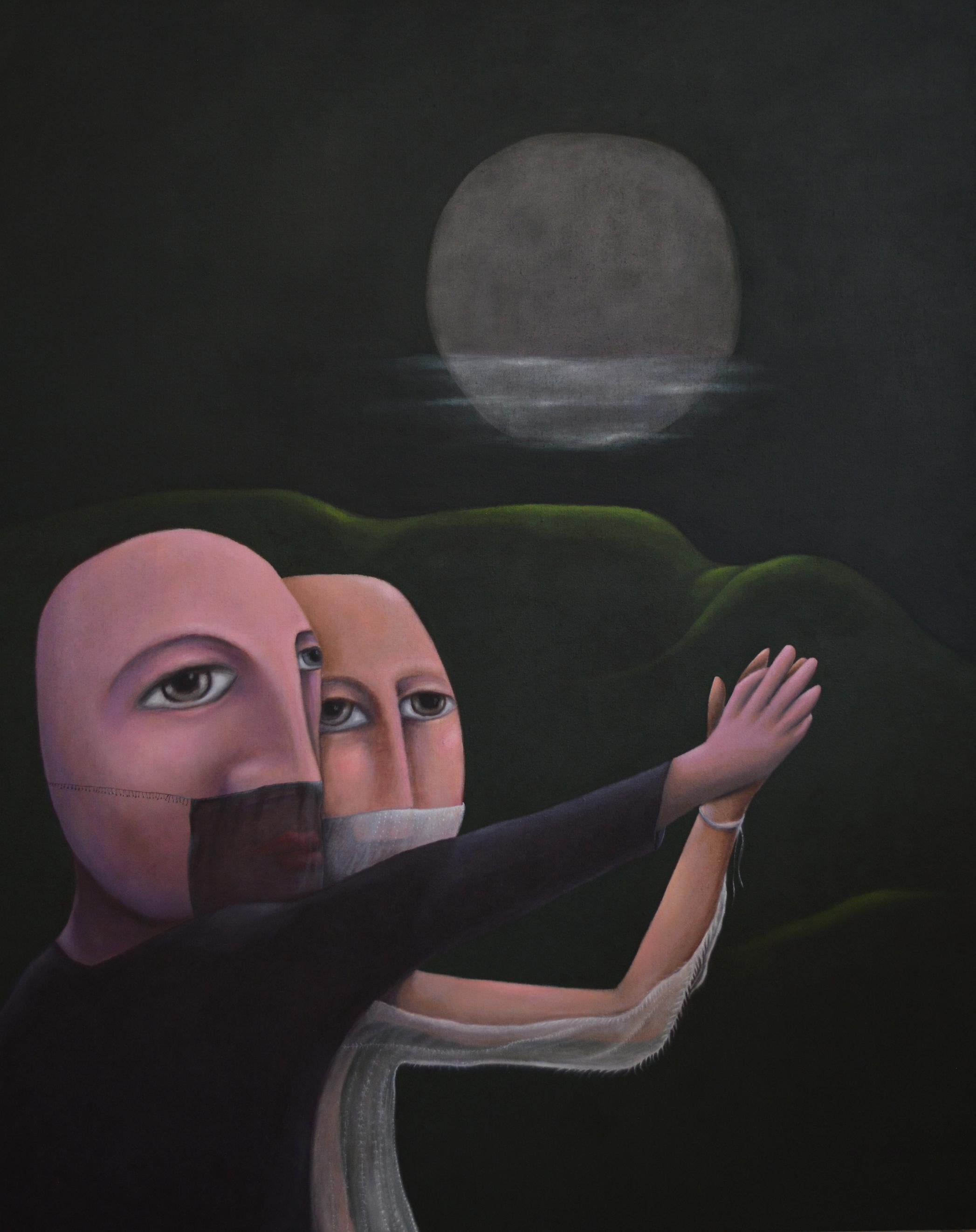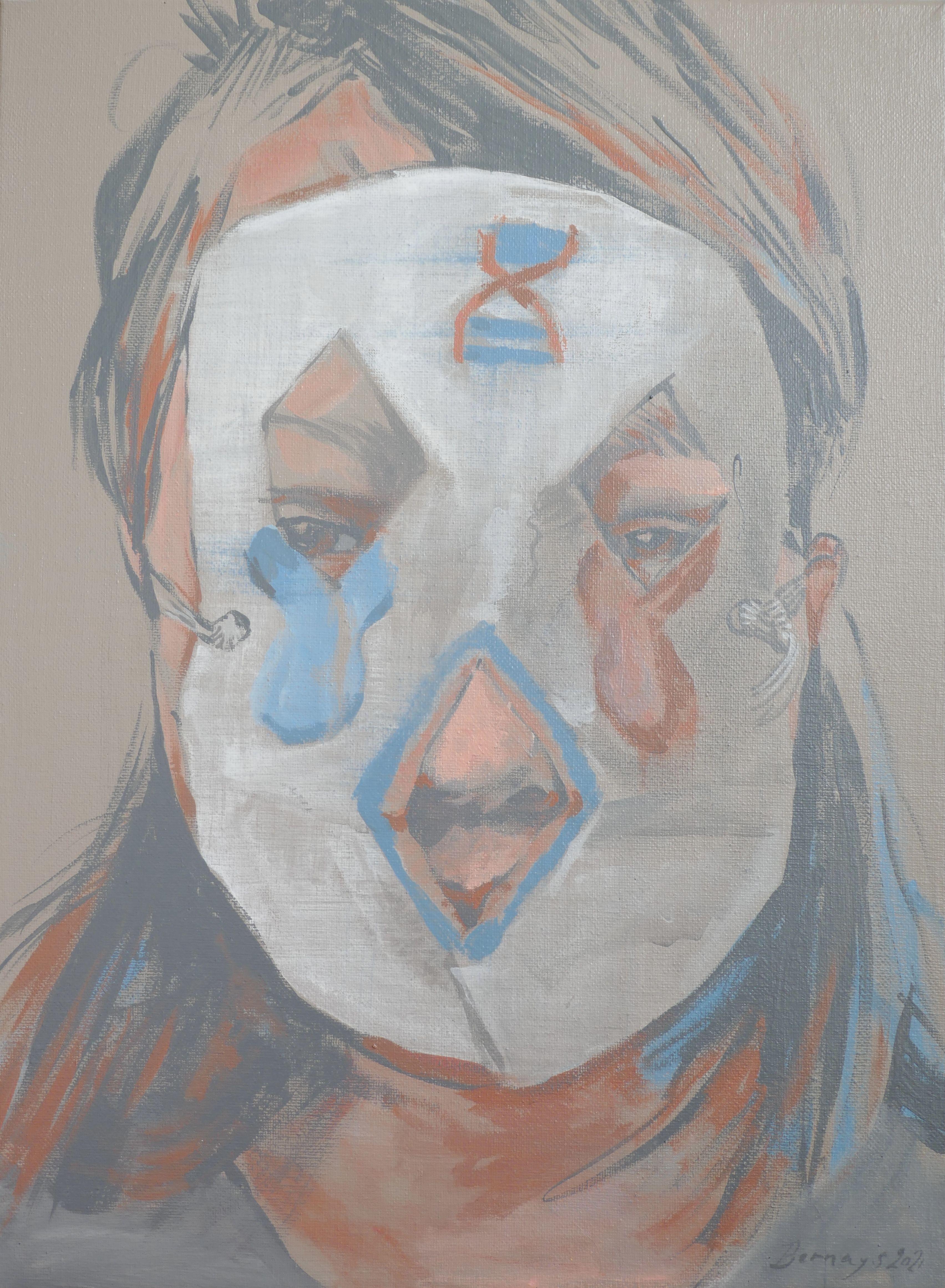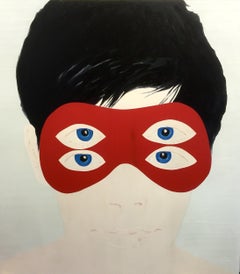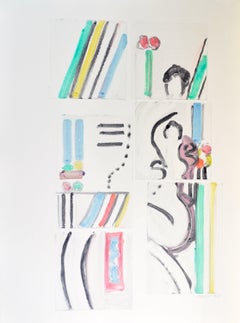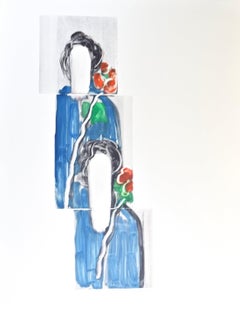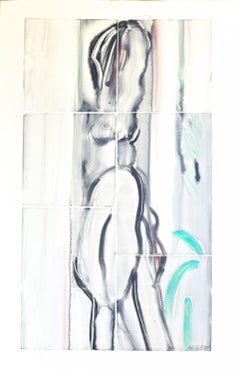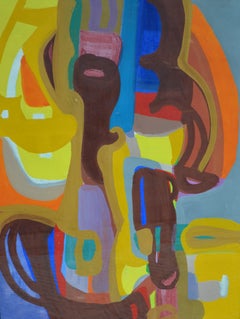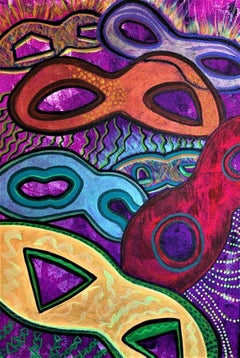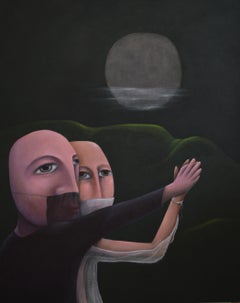Want more images or videos?
Request additional images or videos from the seller
1 of 4
David BowesMasks1993
1993
$10,000
£7,646.18
€8,758.75
CA$14,104.05
A$15,350.61
CHF 8,202.82
MX$185,376.84
NOK 103,089.36
SEK 95,885.10
DKK 65,431.98
About the Item
Pintura
- Creator:David Bowes
- Creation Year:1993
- Dimensions:Height: 42 in (106.68 cm)Width: 52 in (132.08 cm)Depth: 3 in (7.62 cm)
- Period:
- Condition:
- Gallery Location:Nuevo Leon, MX
- Reference Number:Seller: DABO51stDibs: LU120924737111
About the Seller
No Reviews Yet
Vetted Professional Seller
Every seller passes strict standards for authenticity and reliability
Established in 2008
1stDibs seller since 2019
- ShippingRetrieving quote...Shipping from: Nuevo Leon, Mexico
- Return Policy
More From This Seller
View All4 Eyes
By James Rielly
Located in Nuevo Leon, MX
Pintura
Category
Mid-20th Century Figurative Paintings
$25,000
Untitled
Located in Nuevo Leon, MX
Obra sobre papel
Category
Mid-20th Century Abstract Prints
$500
Untitled
Located in Nuevo Leon, MX
Obra sobre papel
Category
Mid-20th Century Abstract Prints
$500
Untitled
Located in Nuevo Leon, MX
Obra sobre papel
Category
Mid-20th Century Abstract Prints
$500
Untitled
Located in Nuevo Leon, MX
Obra sobre papel
Category
Mid-20th Century Abstract Prints
$500
Untitled
Located in Nuevo Leon, MX
Obra sobre papel
Category
Mid-20th Century Abstract Prints
$500
You May Also Like
Masks
By Miette Braive
Located in West Hollywood, CA
Belgian artist Miette Braive(1916-2000), was classically trained in Belgium, before moving to Paris to pursue her art career as first a student and then a contemporary of the famed F...
Category
1940s Abstract Paintings
MAN MASK
Located in Dallas, TX
Julio Garcia Forte
Cuba
17 3/4 x 13 in
2004
Unframed
Technique: Mixed on Cardboard
Category
21st Century and Contemporary Paintings
Materials
Cardboard
Pick Your Mask
By Arlette Stella
Located in Palm Desert, CA
Every one of us has many faces. Each mask is just another part of the truth about you. In one situation, there is one mask and another mask in yet another experience. New masks are a...
Category
21st Century and Contemporary Surrealist Abstract Paintings
Materials
Canvas, Acrylic
$1,280 Sale Price
20% Off
Masquerade
By Craig Carlisle
Located in Fairfield, CT
Represented by George Billis Gallery, NYC & LA -- The idea of meditation and contemplation play a major role in the paintings of artist Craig Carlisle. His paintings articulate inde...
Category
21st Century and Contemporary Surrealist Figurative Paintings
Materials
Linen, Oil
$10,200
Behind the mask
Located in Rye, NY
The paintings and sculptures that I am creating at the moment are very colorful and full of words that intertwine to form a central message. I still use codes and hidden messages as ...
Category
2010s Abstract Paintings
Materials
Canvas, Oil Pastel, Acrylic
Price Upon Request
Homeschool Mask, Painting, Acrylic on Canvas
By Amy Bernays
Located in Yardley, PA
She likes to make makes before the zoom sessions on computer home school. She also likes to paint her face and sometimes turn the camera off. What is this homeschool doing? The use...
Category
2010s Other Art Style Paintings
Materials
Acrylic
More Ways To Browse
David Bowes
Vintage Artist Smock
Vintage Baby Illustrations
Vintage Childrens Book Posters
Vintage Fisherman Hat
Vintage Order Of The Eastern Star
Von Dutch Art
William Majors
Wine Pop Art
Xavier Cugat
Adolf Dehn Spring In Central Park
Alberto Arboleda
Andrew Osta
Andy Skaff
Andy Warhol Lou Reed
Annas Antiques
Anthony Palliser
Antonio Ciseri
